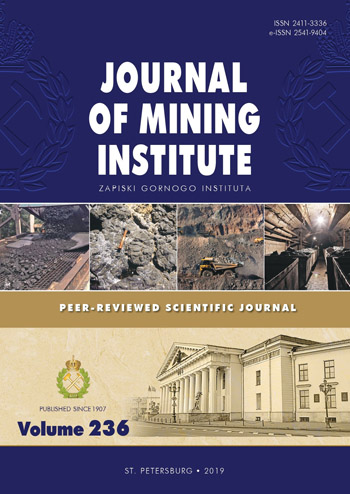Low-density cement compositions for well cementing under abnormally low reservoir pressure conditions
- 1 — Ph.D., Dr.Sci. Professor Saint-Petersburg Mining University
- 2 — Ph.D. Associate professor Saint-Petersburg Mining University
Abstract
The paper considers variants of lightweight cement compositions with additives of various substances, such as clay components, ash systems, silica additives, kerogen, gilsonite, microspheres, as well as the process of cement slurry aeration. Recommendations on the use of compositions in different conditions are presented. A decrease in the density of the solution is achieved not only due to the low density of the materials used, but also as a result of an increase in the water-cement ratio. In such conditions, it is not possible to ensure the formation of a durable and impermeable cement stone in the well, which creates high quality inter-reservoir insulation. The characteristics of the physical and mechanical properties of existing lightening additives are given, which allows determining the most rational conditions for the use of cement slurries for improvement of the well cementing quality.
